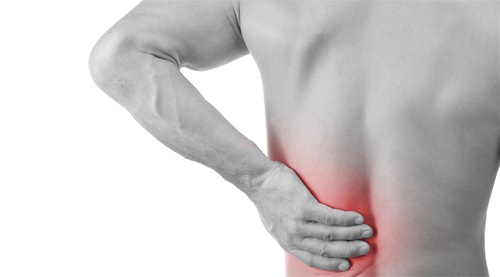Thoracic Disc Prolapse
Thoracic disc prolapse with spinal cord compression is much rarer than disc prolapse in the neck or lower back. This occurs with a frequency of about one in a million people each year. Thoracic discs tend to be chronic and full of calcium. They can cause acute spinal cord compression, which can produce weakness, numbness and tingling in one or both legs. If the symptoms are due to spinal cord compression, surgery is almost always needed. This can be performed through the chest or through the back.

Thoracotomy means opening the chest. The lung is collapsed for direct site of the spine. The affected disc is removed and the spinal cord is decompressed. A metal plate and screws are usually inserted to stabilise the spine.
Posterior laminectomy uses a rear approach to reach the thoracic spine. These complex operations involve exposing the edge of the spinal cord and removing the disc fragments. It may also be necessary to insert metal hardware to stabilise the spine – i.e. perform a posterior thoracic fusion. The objective of this operation is to prevent damage to the spinal cord. In most cases there is no alternative to surgery.